Week Six
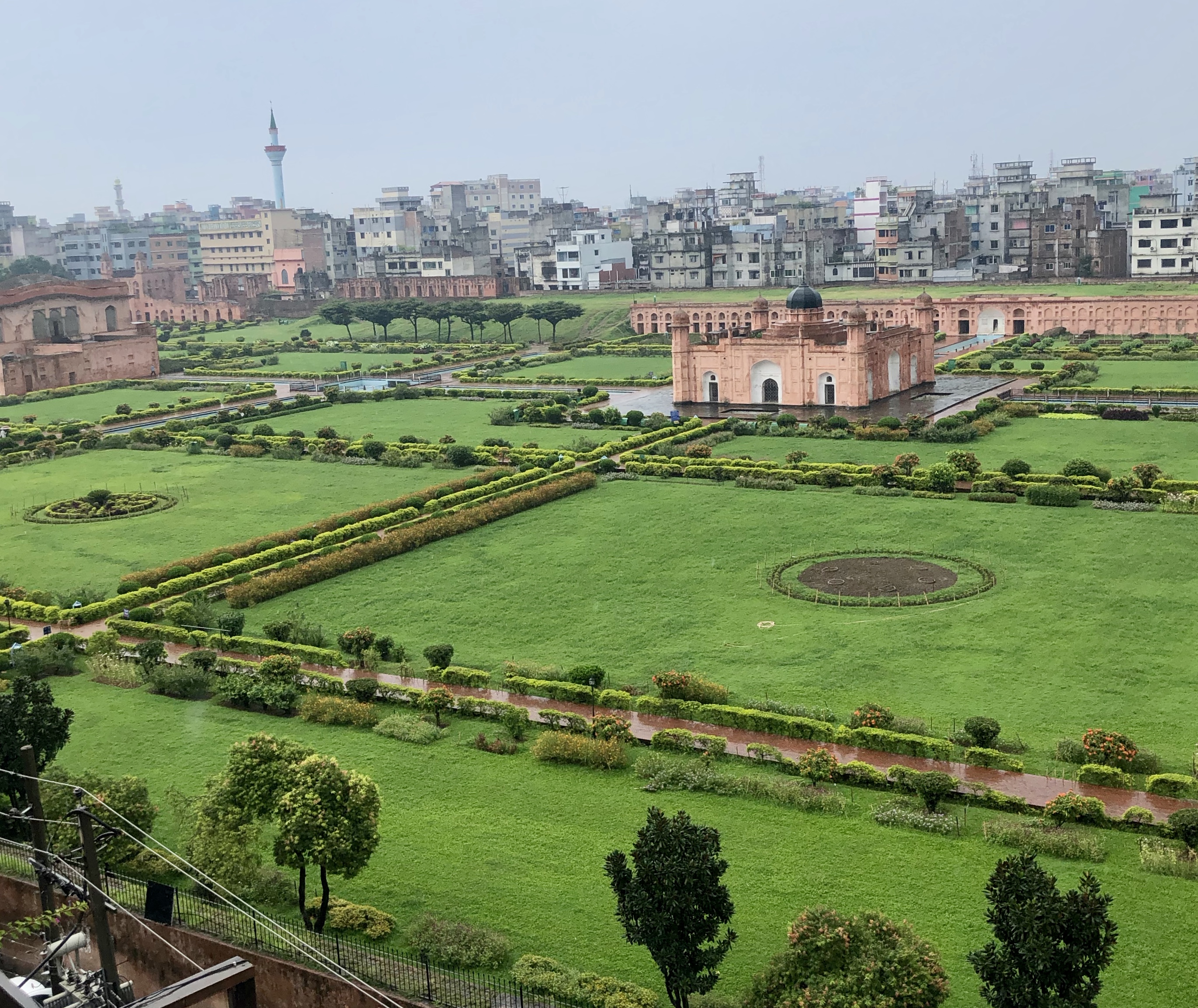
This week marked my half-way point here in Bangladesh. It is hard to believe that time has gone so quickly! Throughout my remaining weeks in Bangladesh, my work will be based mostly, if not entirely within the Dhaka office as I conclude my research and compile a comprehensive report regarding the effectiveness of the human trafficking laws in Bangladesh. I find that some days are harder than others, depending on what specific area of the law I am researching that day. During my research, I occasionally find myself becoming frustrated with the absence of assistance for at-risk and trafficked peoples. It is heartbreaking. Sometimes I have to take a break from my tunnel vision of research and look at the positive changes that have happened and are happening. I recently met a few other students who live in America but are in Dhaka for the summer working on another USAID project addressing development in the region. Seeing pictures and hearing the stories of the people their project has worked with, many of whom are at risk of being trafficked, and the project’s successes help me to remember there is good work happening. Just as I told the workshop last week, and as I often need to remind myself; it is all about the one.
Last week the US Department of State released the 2019 Trafficking in Persons (TIP) report. This report summarizes the status of human trafficking on a global scale and breaks it down individually by country. In this
The TIP report utilizes a tier system based on the government’s efforts to achieve the minimum standards for eliminating human trafficking set forth in the Trafficking Victims Protection Act of 2000. Tier 1 represents countries fully meeting the minimum standards. Tier 2 signifies countries not fully meeting the standards but are making “significant efforts” to become compliant. 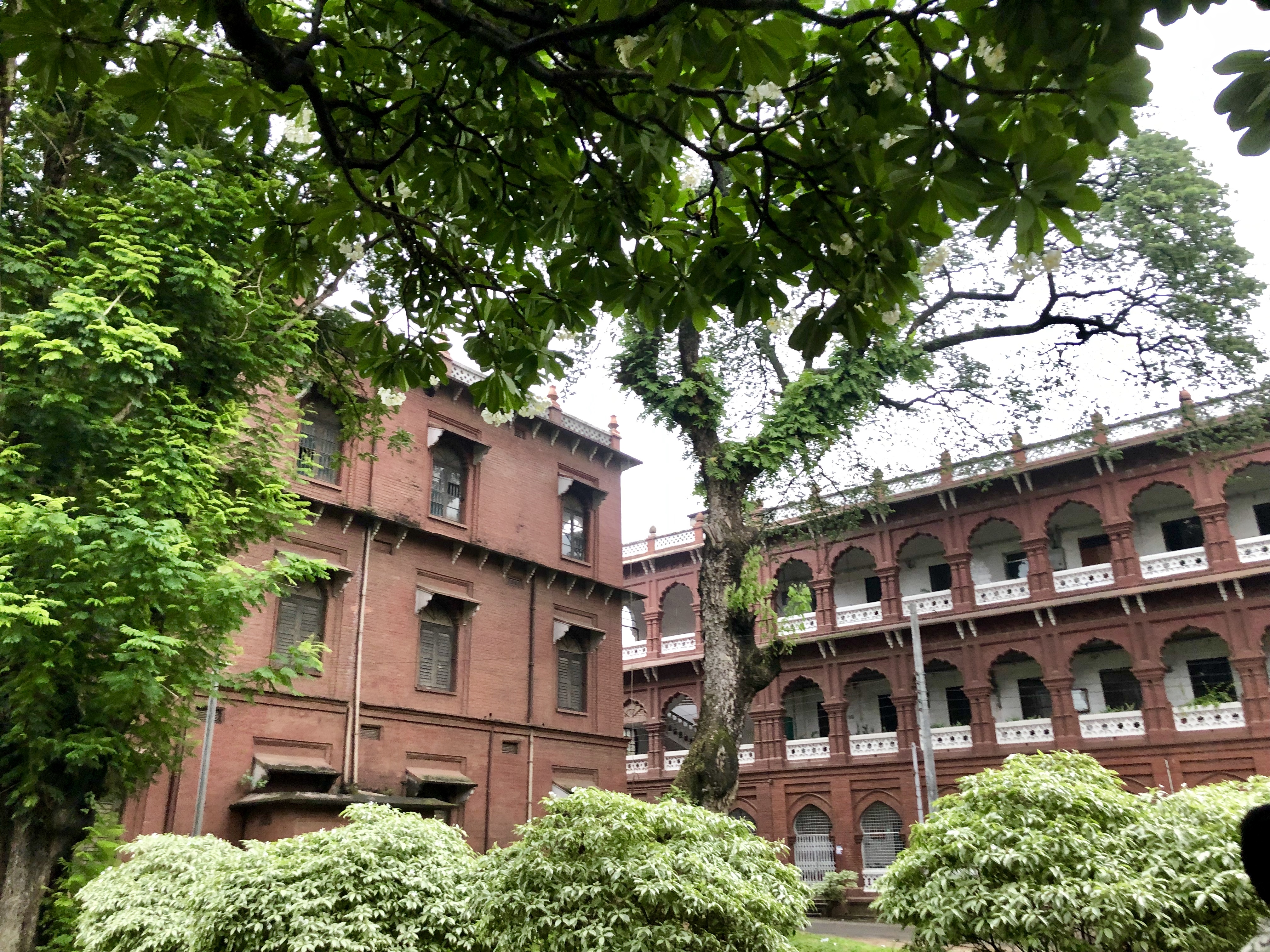 Tier 2 Watchlist denotes countries who are not meeting the minimum standards to comply but are making “significant efforts” to comply, and in which the number of victims is significant or notably increasing; the country fails to produce evidence demonstrating increased efforts to combat human trafficking; or the country is “making significant efforts” to become compliant in the next year. Tier 3 characterizes countries who are not meeting the minimum standards and are not “making significant efforts to do so.”
Tier 2 Watchlist denotes countries who are not meeting the minimum standards to comply but are making “significant efforts” to comply, and in which the number of victims is significant or notably increasing; the country fails to produce evidence demonstrating increased efforts to combat human trafficking; or the country is “making significant efforts” to become compliant in the next year. Tier 3 characterizes countries who are not meeting the minimum standards and are not “making significant efforts to do so.”
This week, I was tasked with summarizing the information about Bangladesh and what their tier position means for the country moving into the next year. In 2017 Bangladesh fell from its Tier 2 ranking to the Tier 2 watchlist and they remained on the watchlist for 2018. This year they received a waiver to remain on the watchlist for one more year and created a National Plan of Action addressing their plans to improve their processes and increase their efforts. This means in 2019 Bangladesh must demonstrate an absolute increasing effort to meet the standards, or they will be downgraded to Tier 3 in 2020 and risk losing significant non-humanitarian and non-trade related funding. I am hopeful these changes will be made and that we will begin to see more progress to protect those at risk, and to bring justice to victims and survivors.
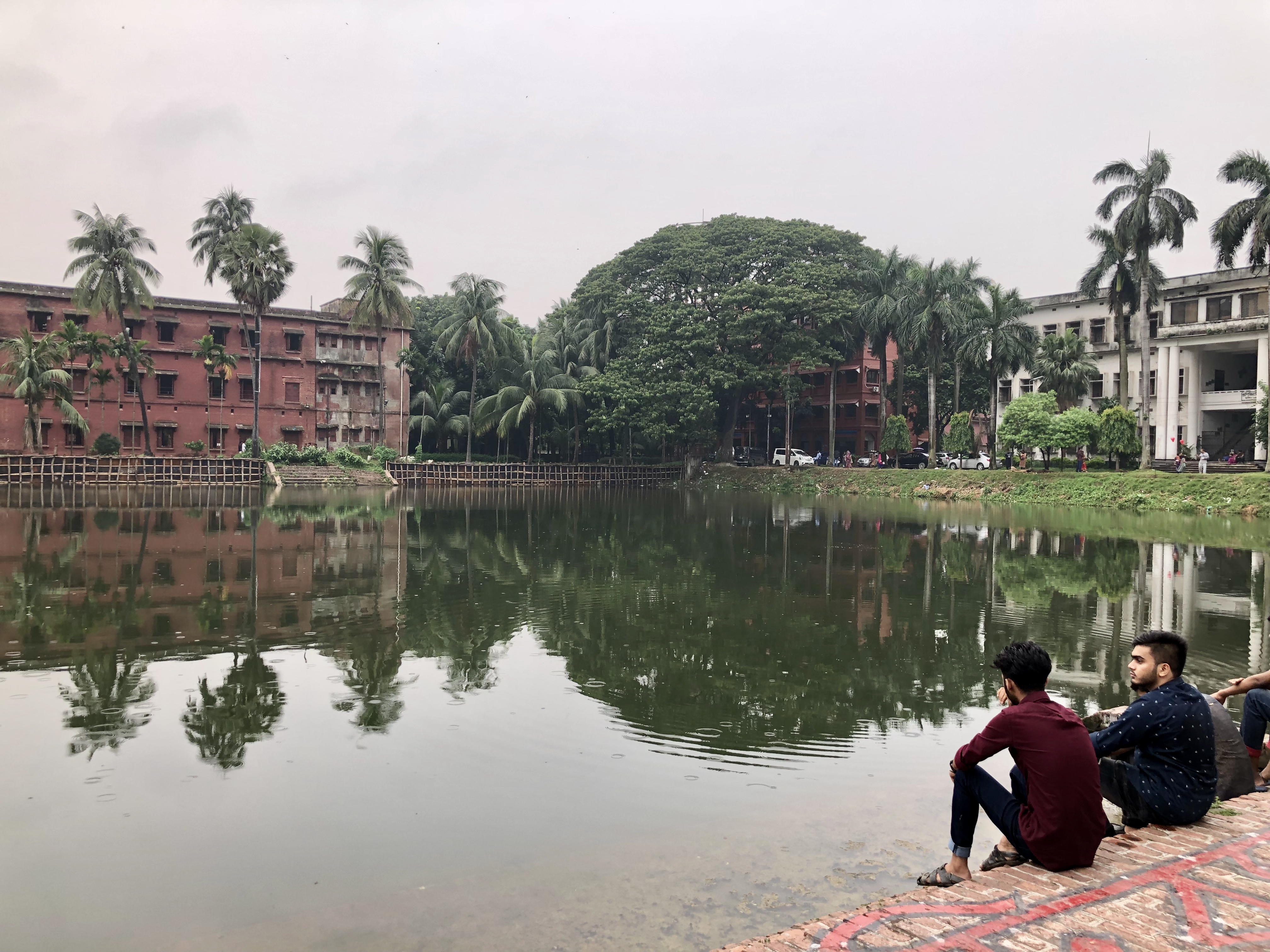
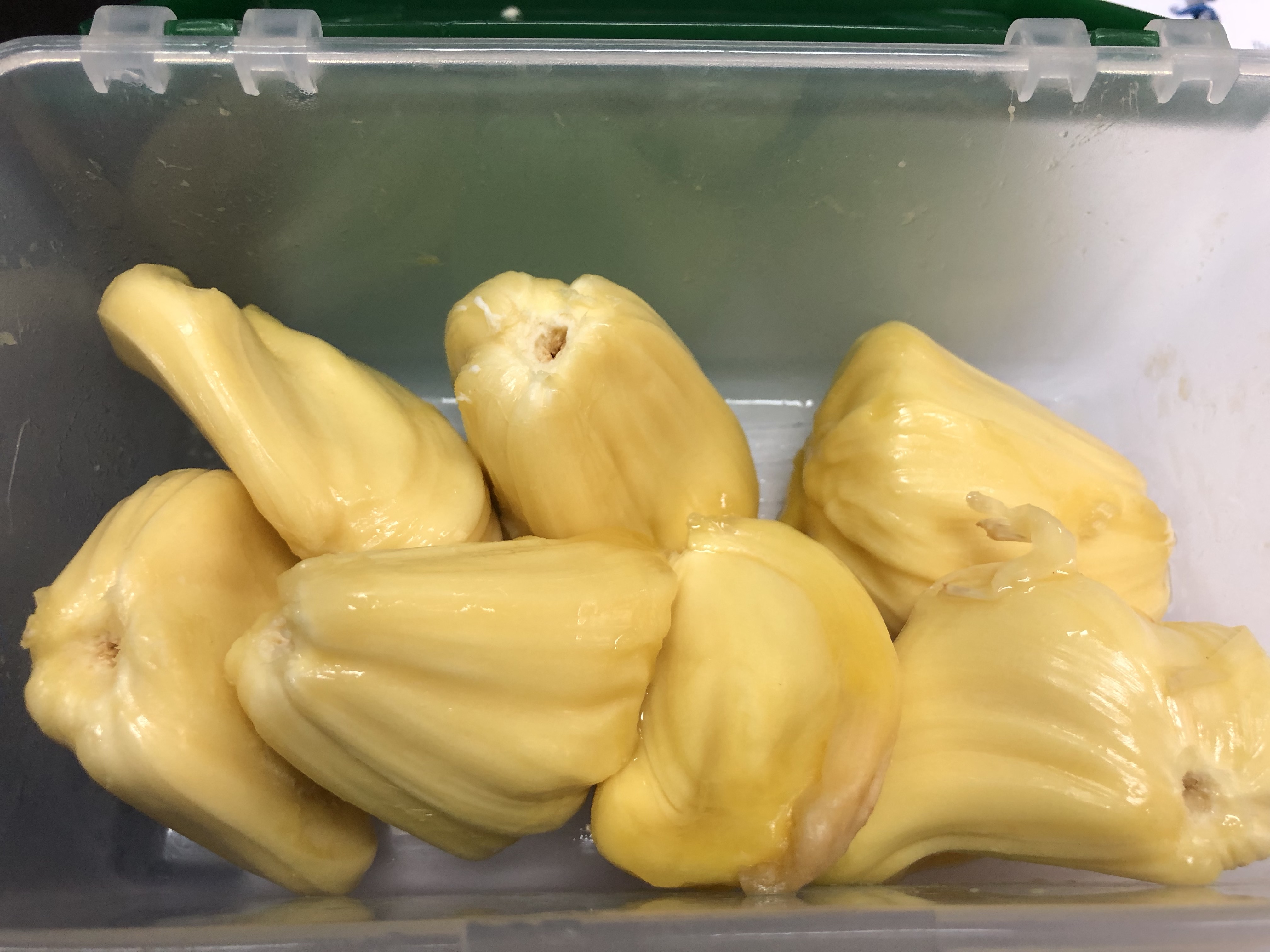
Bangladesh is a collectivist society, even eating lunch at work is a communal gathering. Most will take their lunch with the same people at the same time every day, sharing food their food with each other and spending time visiting. Up until this week, I would eat on my timeline and my co-worker Rezwana would join her regular lunch group. However, on Sunday, Rezwana invited me to join their group for lunch, and now it is our daily routine.
 I have explored many different foods throughout my time here, and I have not been disappointed. For lunch one day this week, we ordered a delicious Bangladeshi meal of eggs, eggplant, and kimchi. During our
I have explored many different foods throughout my time here, and I have not been disappointed. For lunch one day this week, we ordered a delicious Bangladeshi meal of eggs, eggplant, and kimchi. During our
My Airbnb host’s daughter’s birthday was this week. My flatmates and I were invited to share in the celebration for her; we sang Happy Birthday then ate cake and many other sweet treats. They also invited me to come to dinner, but it was 11:00 pm and I had to get up early for work the next morning.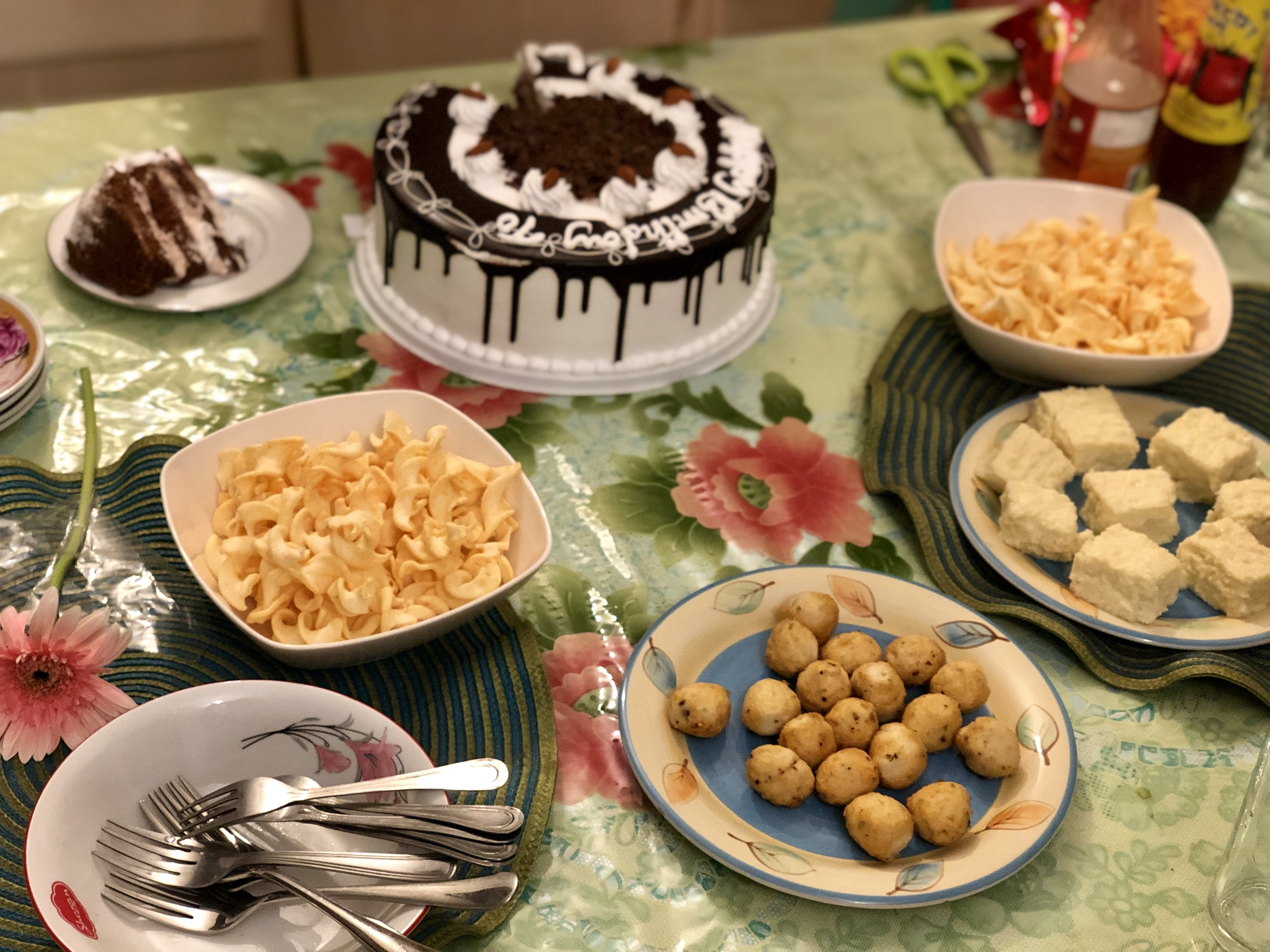
This weekend I met Rezwana and her husband in Old Dhaka to see a few of the historical sites, and though we were battling the rain all day, we enjoyed the visit. We decided our first tour would be of Lalbagh Fort. However, before we began that tour, Rezwanna took me to a restaurant overlooking the fort, so we enjoyed lunch with a lovely view. The fort re-opened after lunch and Friday prayers, and Rezwana’s husband kindly stood in the long line for tickets while we waited out of the rain under an awning.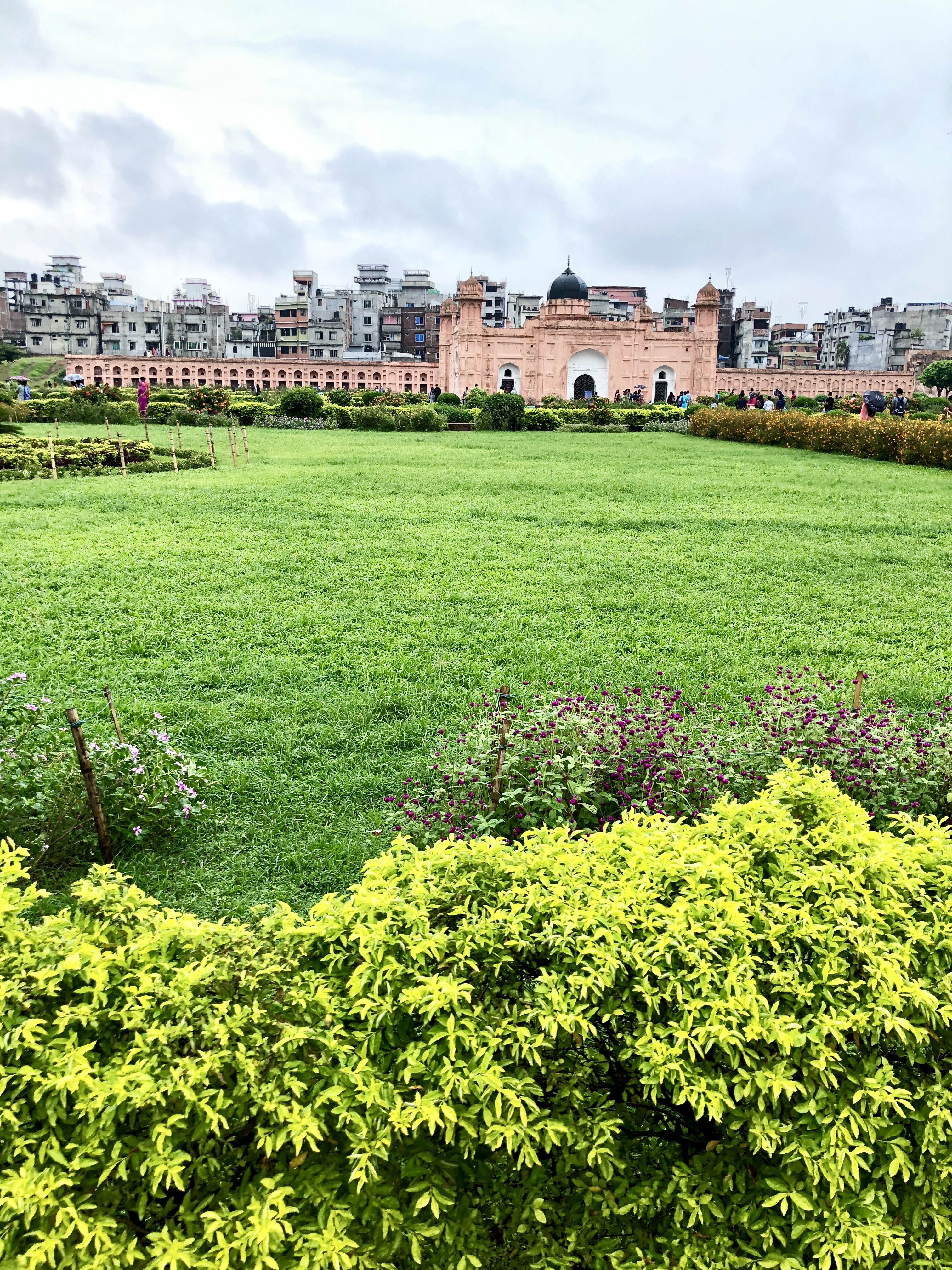
In the late 1600s, a Mughal prince began constructing Lalbagh Fort. The new governor, Shaista Khan, then resided in Lalbagh Fort; however, after his daughter Pari-Bibi’s death, Khan decided not to finish construction. The emperor gave the fort to Kahn in his daughter’s memory, but it became abandoned. It has since been maintained and restored by the Archeological Department in Bangladesh. The fort contains a mosque, a mausoleum for Pari-Bibi, the Governor’s residence, and the south gate.
Later in the afternoon, we took rickshaws to Ahsan Manzil, the Pink Palace. Built in the late 1800s, and positioned next to the river Buriganga, this grand building provides a glimpse into the lifestyle of the Nawabs who resided there. Many years later, and after the building falling into disrepair, the Dhaka National Museum obtained it and restored it as a museum.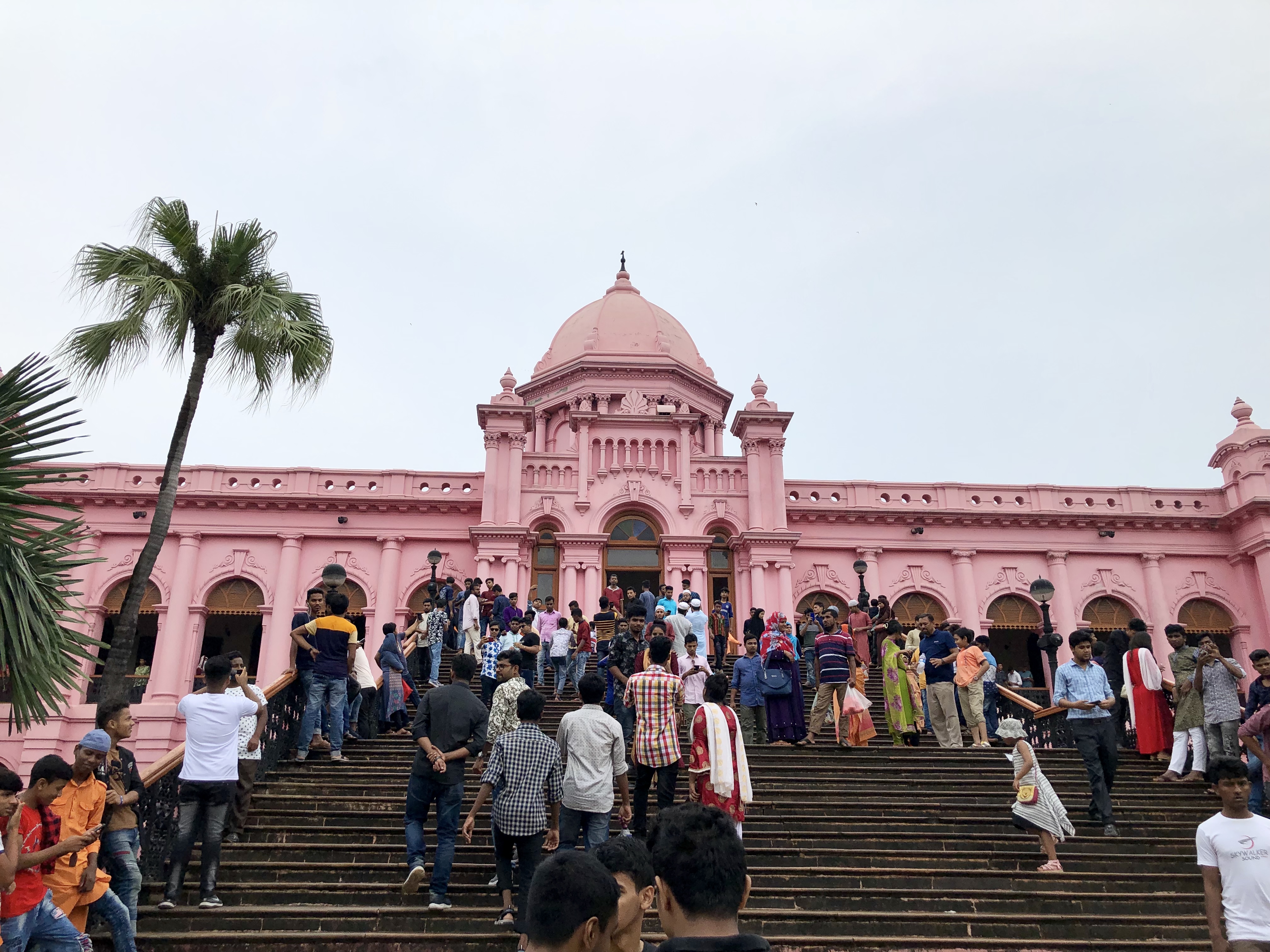
Next, we went to Dhaka University. Established in 1921 and the oldest university in Bangladesh, it has been the home of major political and progressive movements over the years. During Bangladesh’s war of liberation, approximately 200 students and ten professors died when the Pakistani Army invaded the campus in the middle of the night.
I am sure I have mentioned this before, but so often when traveling in some regions of Dhaka and outside of Dhaka, I receive a lot of curious stares. Often people will come up to me, say hello, and ask me what I am doing here, or sometimes thank me for being there and visiting that location. Many times they will ask if they can take a picture with me, though some do not ask and try to take selfies with me in the frame; and some will follow us around the museums and sites and listen to our conversations because they are so curious. 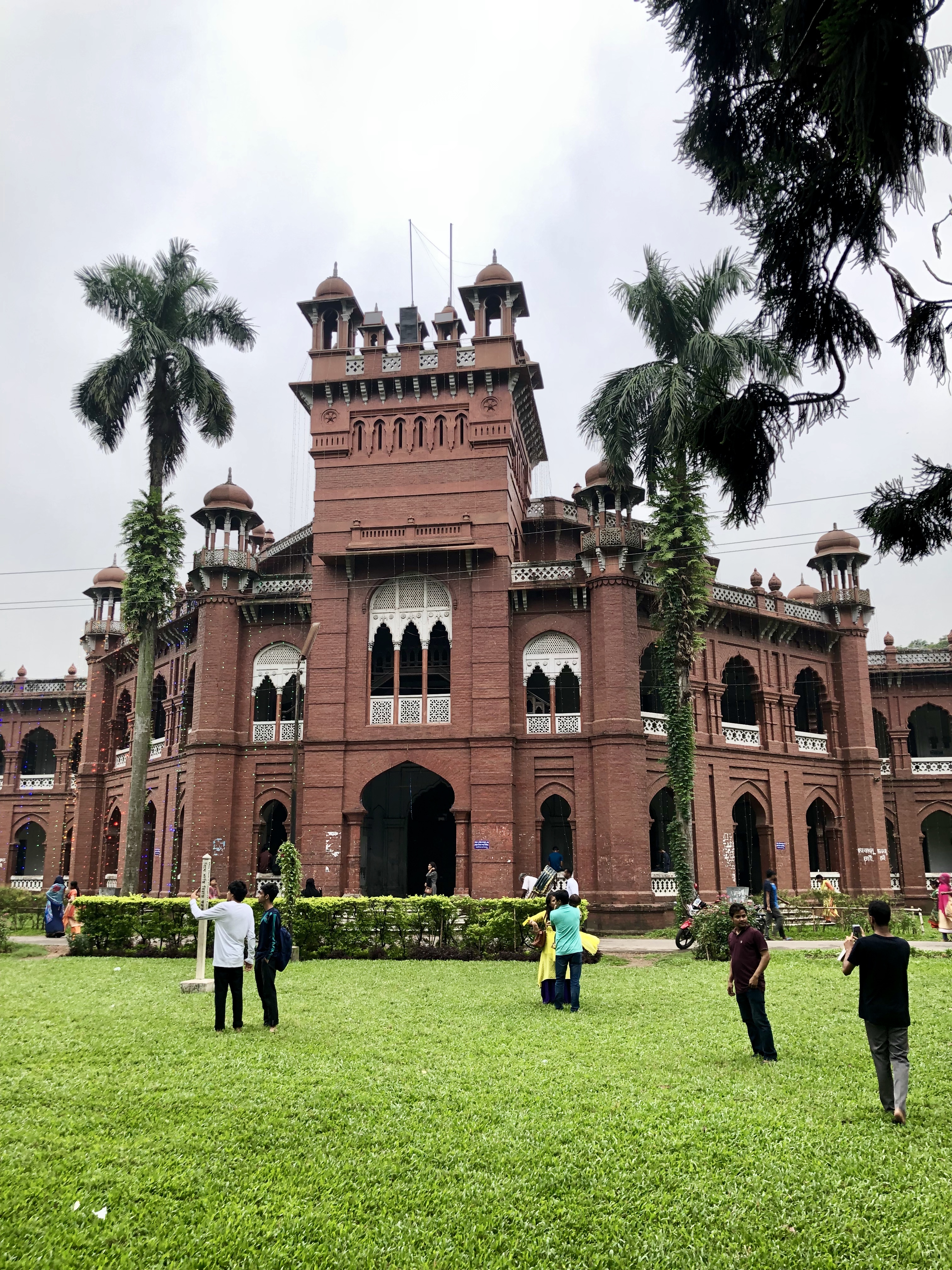 The Bangladeshi people are incredibly kind and generous, so it was a fantastic day visiting the favorite sites of Old Dhaka, eating local food, and experiencing the culture.
The Bangladeshi people are incredibly kind and generous, so it was a fantastic day visiting the favorite sites of Old Dhaka, eating local food, and experiencing the culture.
Remember, if you would like to see more pictures and videos from this week, click here.
Next week I will play some trivia, visit the Bangladesh National Museum, and attend an art show!